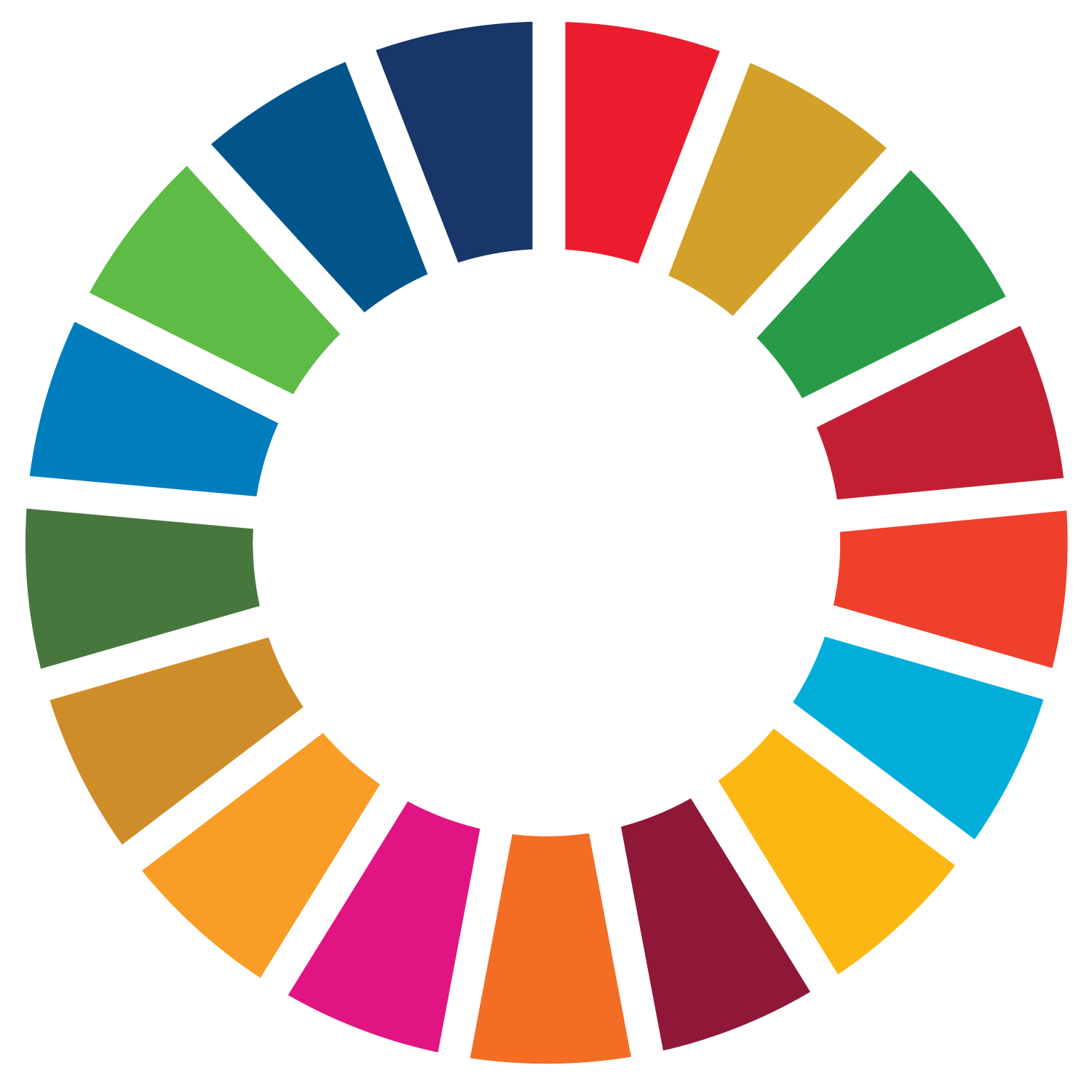Blending Water Management and Climate Change Adaptation Approaches
 This report discusses how blending the practices of Integrated Water Resources Management (IWRM) and Climate Change Adaptation (CCA) is key in facilitating reach action to reduce climate impacts on water, and the worst of potential consequences for environmental, economical and social well-being. IWMR can and is serving as an adaptation solution to reduce vulnerability to climate change.
This report discusses how blending the practices of Integrated Water Resources Management (IWRM) and Climate Change Adaptation (CCA) is key in facilitating reach action to reduce climate impacts on water, and the worst of potential consequences for environmental, economical and social well-being. IWMR can and is serving as an adaptation solution to reduce vulnerability to climate change.
Meanwhile, CCA processes such as National Adaptation Plans and Nationally Determined Contributions can accelerate, and already are accelerating, IWRM implementation. The report therefore also aims to identify and enhance synergies between the two practices, and particularly through the four cross-cutting dimensions of governance, tools and data, finance and catalysing conditions.
To demonstrate how IWRM-CCA cooperation has led to tangible benefits on the ground (or in the water) in a variety of contexts, this report is accompanied by five case studies from around the world.
The case studies include stories from around the world – 1) Vanuatu, 2) Lower Mekong River Basin (shared by Cambodia, Laos, Thailand and Viet Nam), 3) Uruguay, 4) North Darfur (Sudan) and 5) The Amazon. They showcase the importance of aligning integrated water resources management (IWRM) and climate change adaptation (CCA) measures in order to build environmental, social and economic resilience to the impacts of climate change and ever-growing demand for water.
UNEP-DHI Centre on Water and Environment
Agern Allé 5, 2970 Denmark
Tel: +45 45169200
